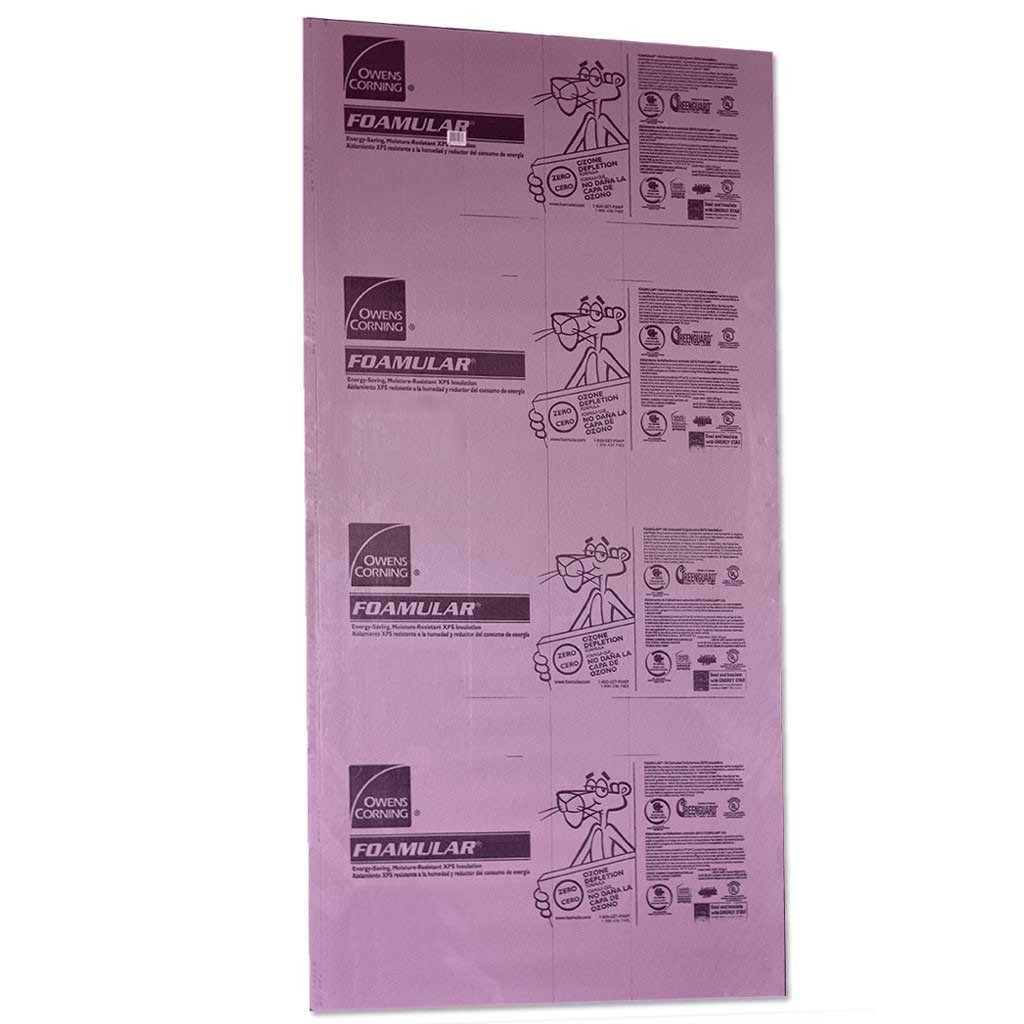Design and produce something with a digital fabrication process (incorporating computer-aided design and manufacturing) not covered in another assignment, documenting the requirements that your assignment meets, and including everything necessary to reproduce it. Possibilities include (but are not limited to) composites, textiles, biotechnology, robotics, and cooking.
In this activity I will perform for the first time the work with polyester resin and fiberglass, for this we must have some considerations to avoid that our work could go wrong or cause health problems.
What we need for this activity are the following elements, which can be purchased in a store of plastic fibers and components, in my case I bought a kit in the following page: www.mercadolibre.com, The kit costs me 18 USD and it contains the following elements:
Next I will share the respective specification sheets and the corresponding safety sheets for each of the materials that will be used.
Polyester Resine.- Polyester resins are thermoplastic chemical compounds derived from the distillation of petroleum. They are classified within the family of plastics, technically called polymers. They have a good resistance to thermal, mechanical and chemical compression. Its hardening is achieved at room temperature, by the addition of a catalyst (mec peroxide). Depending on the category of the resin, sometimes it will be necessary the help of an accelerant (cobalt octoate) to achieve the proper hardening.
The Polyester Resin SECURITY DATASHEET is shared here
Fiber Glass.-Fiberglass is obtained thanks to the intervention of certain very small glass threads, which when interlaced form a mesh, pattern or weft. On the other hand, it is worth mentioning that these threads are obtained by the passage (which is carried out industrially) of a liquid glass through a highly resistant element or piece, which must also have tiny holes. This element is known as the "espinerette". After this action, you must proceed to a cooling, which is what allows to solidify the fabric, which will result in a product that will be flexible enough to perform a correct interweaving, ie a fabric or mesh. Also, this fiberglass can be used to produce another type: optics.
The Fiber Glass SECURITY DATASHEET is shared here
Additional I share the SECURITY DATASHEET of the catalyst compound here
Once the properties of the materials to be used are known, it is important to use safety protection equipment to avoid possible serious respiratory damage and health problems.
The personal protection equipment that is of high importance to use are:
Once with the protections ready, I proceeded with the development of the activity, for this I have chosen to make a circular shield of 50 cm in diameter and a thickness of 4 cm approximately. I designed it on SolidWorks
Once the mold and the counter-mold for our compound have been made, we will select the correct material for the machining of the mold and the counter-mold using CNC
Before machining it is important to choose the material in which to work, for this I selected Foamular of 1.2x2.4m and a thickness of 5cm, this material is a foam that does not release toxic waste, which makes it ideal for the creation of molds by machining.

I used the Cut 3D program that is compatible with the CNC Machining ShopBot, which allows me to import the designs made in solidworks to fabricate. In the next image I have placed the material on the workspace, I used presses to hold the material for machining.
Then I started importing the design as it is shown
Once the mold and the counter-mold are ready, we proceed to carry out the activity of the week
As a final activity sandpaper and a grinder will be used to cut the ends of the shield and polish the surface with the purpose that finishes can be added to the shield
HERO SHOT
The foam that was used for machining, presented faults and damage when its surface is in contact with the resin as you can see in some previous photographs, which in some cases could affect the expected result, to avoid this problem I recommend using plaster To create the mold or use elements such as Vaseline to spread it on the contact surface to reduce the damage.
When you have finished using the brush to put all the resin in the fiberglass solidifies, damaging the brush, the recommendation for this is that once the activity is done soak the brush in a container with tinher to maintain the functionality of this instrument.
Due to an important recommendation of the Global Evaluator ( Saverio Silli) It is a high priority to use an adequate chemical protection mask at all times, in the preparation of the compound, manufacture of the part and sanding the faces of the model, because both the resin and the fiber of the glass could cause very serious health problems